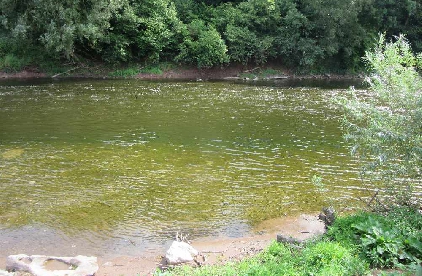
River pollution is the biggest environmental challenge facing Herefordshire.
Phosphate levels in the Lugg and Wye have risen to such levels over recent years that local authorities, government agencies and farmers have been forced to take action.
The high levels of phosphates are mainly due to diffuse from farming and sewage treatment works making its way into the watercourse.
The latest Environment Agency data suggests there is a daily load of 272 kilograms and 70 kilograms of phosphates into the River Wye and Lugg sub-catchments.
Of this, around 60% comes mostly through rainwater run-off from agricultural land and farm tracks. While around 30% comes from sewage treatment works and the remaining 10% comes from other sources.
A nutrient management board was originally set up in 2014 to try and address these issues and improve the water quality in the Lugg and Wye.
Partners on the board include the Environment Agency, Natural England, Herefordshire Council, Powys Council, Natural Resources Wales, Welsh Water, Wye Usk Foundation, National Farmers Union and Countryside Land and Business Association.
But despite their efforts, last year Herefordshire Council put a moratorium on housing development across the River Lugg sub-catchment.
This came after Natural England updated its legal advice following a European Court of Justice ruling known as the Dutch case.
Investments made by Welsh Water have so far brought about substantial improvement in the proportion of phosphate that comes from sewage treatment works.
And councillors expect this will reduce further with the delivery of integrated wetlands that have been the result of investment by Herefordshire Council in partnership with the Wye Usk Foundation and the efforts of local housebuilders who are delivering their own wetlands.
However, in the same period, the proportion of phosphates from agricultural diffuse has increased despite the efforts of the Environment Agency, NFU, CLA and Farm Herefordshire.
Earlier this year, the Wye was affected by the algal bloom and councillors believe that some of the conditions that produce the bloom such as sunlight and water temperature will become increasingly frequent due to climate change.
Experts say the other two elements that create the perfect storm (low flow and nutrients) can be addressed by a reconsideration of abstraction and a concerted effort to reduce agricultural diffuse pollution.
The proliferation of poultry units in Powys has also come under scrutiny. Councillors say they are an important element because they are in the upper reaches — the severity of the algal bloom is dictated by the length of time the algae has to divide in the water.
Phosphate is also coming off top dressed grassland, arable, particularly maize and other bare soil crops, and from livestock units.
Nutrient management board chairman Elissa Swinglehurst said: “We all need to do our bit to stop this from happening, it’s not an impossible task but we do need to work together as regulators, councils, farmers, housebuilders, water companies to save the Wye and we need to do it now.
“What I want is that when it rains I will not be seeing brown floods taking soil and valuable nutrient off compacted fields and into the watercourses.
“This year, I had fields near me where so much soil washed off it needed a loader to clear a path to local houses; all of the nutrient went straight into a Wye tributary which discharges into the Wye at a point where there is a peak in phosphate levels.
“So many farmers are doing the right thing – they are looking after their soil, taking care of the river, fulfilling their role as guardians of the countryside, but, sadly, some are not.
“I beg those farmers to stop being part of the problem and start being part of the solution.
“For all our sakes, for the sake of the river, the countryside and the future generations who will want to live and farm in the beautiful county of Herefordshire.”
Cabinet member John Harrington said they are working towards a robust plan to improve the river health.
“We are spending money on it. We know we are going to get some integrated wetlands.
“We know we are addressing the issues of agriculture with our cross border agencies and cross border authorities.
“Hopefully, we will get to a point where Natural England can see we have a robust plan.
“We are going for a memorandum of understanding with our partners about what we are working towards. And, at the same time, a better nutrient management plan with some actual measures and capital.
“When that’s in place, or nearly in place, we can look at giving planning permission again.
“We, as a council, really appreciate how complex and difficult this is. Not just for our local builders who are really having their livelihoods and businesses put at risk, but actually for the health of the rivers themselves.
“What we are trying to do, as quickly as possible, is get some real certainty for both our builders who are trying to restart construction and also to satisfy our environmental concerns about the health of the river.
“And if we can put a plan in place that is sufficiently robust and has money committed to it and we can all agree is a good plan we will all be in a better position.”

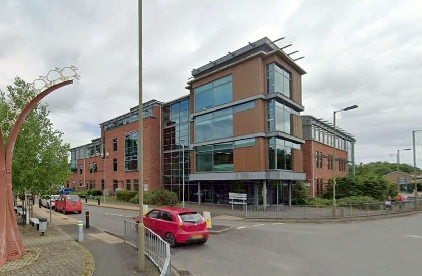 Social landlord plans staff cuts
Social landlord plans staff cuts
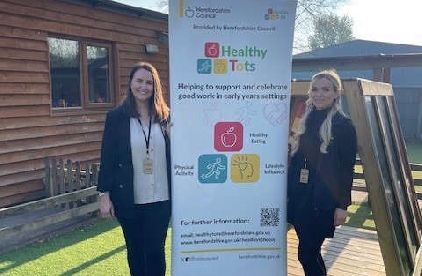 Lake View Nursery to receive a special award for supporting children's health
Lake View Nursery to receive a special award for supporting children's health
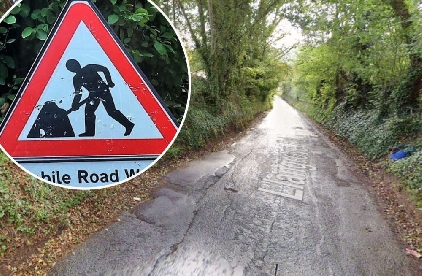 Herefordshire Council reveals six more roadworks closures
Herefordshire Council reveals six more roadworks closures
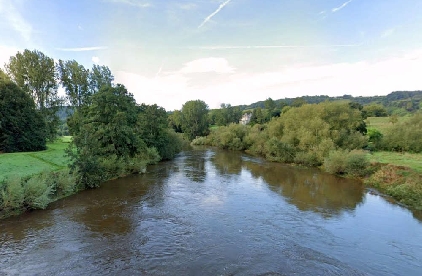 County’s top spots for sewage spills named
County’s top spots for sewage spills named
 Herefordshire primary school places announced
Herefordshire primary school places announced
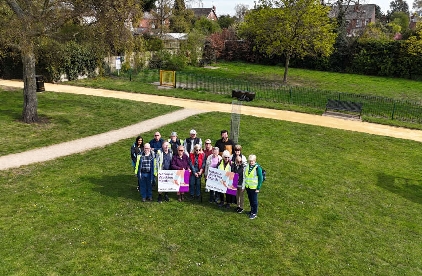 Get ready to walk this May and enjoy the 'Walk This May Challenge'
Get ready to walk this May and enjoy the 'Walk This May Challenge'
 New EV charging points planned for Hereford, Leominster and Kington
New EV charging points planned for Hereford, Leominster and Kington
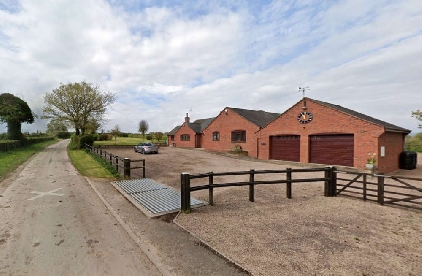 Non-farmers win fight to remove rule from house
Non-farmers win fight to remove rule from house
